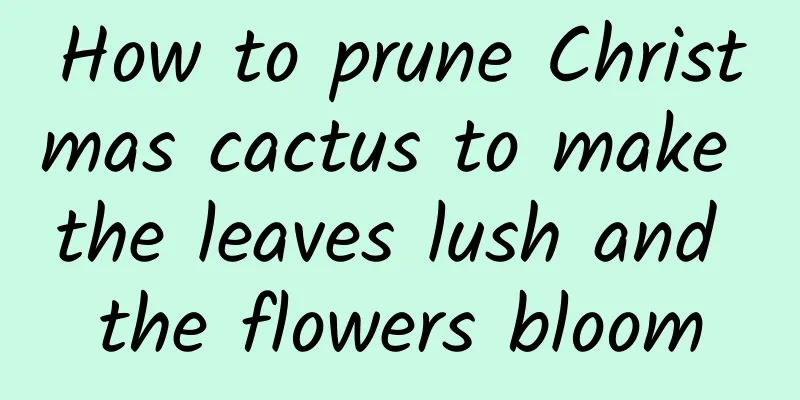How to propagate kelp

Layering propagationDuring the hot and humid season from May to July, make a ring cut on the stem of the kelp, with the ring being 2 cm wide and deep into the wood. Wipe off the overflowing liquid from the incision with a clean damp cloth and apply 5000-1000ppm naphthaleneacetic acid aqueous solution to the upper cortex of the incision. Then tie a piece of white plastic film at the lower end of the incision to make it into a funnel shape. Fill the bottom with moss and mountain soil, water it thoroughly, tie the top of the film tightly, and place it outdoors. Remember to check whether the soil substrate is dry at any time and add water. Cutting propagationDuring the growing season, you can take 15 cm long new branches with a little stem bark and use plain sand, vermiculite, peat soil, etc. as the substrate for cuttings. After cuttings, place them in a cool place to keep warm and moisturized. After they take root in one month, you can move them to a clay pot. When raised indoors, it should be placed in a bright and ventilated place, avoid direct sunlight in summer, and ensure sufficient sunlight in other parts of the world. You should also water it in time and appropriately to maintain a moist environment. Water propagationTake a strong woody stem segment about 10 cm long, fill a bottle with clean water, and soak half of the stem segment in the water. The water temperature should be kept at 25℃ as much as possible and there should be sufficient light. After about a week, you can see green leaf buds sprouting from the stem segments and white fibrous roots growing underwater. Continue to grow it in water and it will gradually grow into a new plant that is fresh, lively and full of vitality. After two years of water culture, the plant's growth may slow down and can be moved back into potting soil to allow it to resume normal growth. |
<<: Winter maintenance methods for fruit-bearing flowers
Recommend
How to care for orchids
1. Breeding environment 1. Soil: Choose soil with...
Coriander planting method and time planting technology (full steps)
The best time to plant coriander The planting tim...
How to grow gardenia in water
1. Proper lighting The hydroponic gardenia has th...
What to do if Christmas cactus is frozen
1. Are you susceptible to cold? It freezes very e...
How long is the fruiting period of citrus? Fruiting period maintenance and management methods
How long does the citrus fruit season last? The f...
What month is suitable for planting poplar seedlings?
When to plant poplar seedlings Poplar seedlings a...
What is the flower language of Borage?
Flower language and symbolic meaning witty Borage...
Which species of spider plant is the most expensive
1. Which varieties are more expensive? The law of...
Why does Poinsettia drop its leaves?
1. Too much light Poinsettia likes light. Under t...
Flower language of green bead grass
Green pearl grass flower language - camouflage Th...
When should autumn coriander be planted in Northeast China?
Coriander, also known as cilantro, is a vegetable...
How to grow poinsettia
1. Breeding environment (1) Soil: Choose soil tha...
What to do if Calla Lily is infested with insects
Common pests The main pests of Calla Lily are pie...
How to propagate Weigela red prince by cuttings
time Generally speaking, this method is the simpl...
How to ripen cut jackfruit
1. Fruit Ripening Prepare some fully ripe fruits,...









